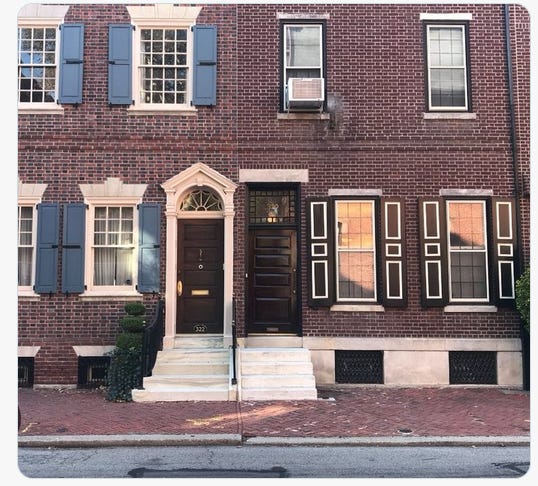There are many kinds of both lintels and lentils, but they are not interchangeable. A lintel is a structural element in a building, and a lentil is a legume.
A lintel is basically a header, a horizontal element that spans an opening (door or window). If you punched a hole in a wall (aka put in a window) and didn't add a header, vertical forces (aka gravity) would pull your bldg down at that hole. In my experience, the term "header" is used in framing and refers to a member embedded in the wall (not visible), while a lintel is a visible element, sometimes structural and sometimes not, or it can refer to a hidden piece of angle iron at a window or door head.
Sidenote: [below] are the names for the different sides of a window. These terms also work for doors, and can also refer to whatever trim is along those orientations ("jamb trim" is the vertical trim alongside a window or door, for example).
Here is a steel lintel (also called "relieving angle," though that term is usually used when the angle is installed somewhere else in a wall and not over a window). As you can see, the steel spans the opening and the brick sits on it. The steel is not meant to be seen.
Before steel was used in this capacity, builders solved this problem using solid pieces of stone, or brick arches. These often became design features and could be quite exaggerated. Here are some stone examples. These are meant to be seen!
Believe it or not, the image below shows a brick arch - it’s called a “jack arch” and functions just like the more, well, arched arches. These were quite commonly used in brick masonry, and are often still imitated in veneer brick.
Take a closer look at this image - you'll see an arch in the stone above the lintel. This is called a "relieving arch," and deflects some of the gravity load away from the lintel. Pound for pound, arches are stronger structurally than lintels, because…physics.
Think of gravity load like water. If it's flowing down the bldg toward the ground and hits a flat lintel, it causes the lintel to "smile" as it gathers at the center. An arch is a reverse smile, counteracting the force, allowing the load to "roll off" the arch and down the wall.
This is why lintels have to be beefy - their shape is not helping them out. And this is how, now that you've learned this, you'll be able to spot bad fake lintels! It's why good design just feels better. Even if you know nothing about structure, this just looks weird:
All that said, there is a rich tradition of fake or decorative lintels, and fake doesn't automatically mean bad. These are all fake too - what you see is a decorative stone facing which covers up the rough structural lintel behind:
As usual, there are regional differences and more to this topic. A lot of "sounding smarter on the jobsite" is really just understanding the difference between real and fake and when it matters...like how a lintel is either a visible structural necessity or a glue-on accessory from Etsy.
I would like to add, in my capacity as honorary Southerner, that in parts of the south, accents make the word "lentil" sound like "lintel," similar to how they make the word "bench" sound like "binch." Rest assured, the guys onsite are still (probably) referring to the structural element and not the legume.
Thank you for reading! My Friday posts are free, and will remain so…but perhaps you’ll consider supporting my work? It’s only $7/month, which is a pretty dang good bargain. Try full access for 7 days, on me!













